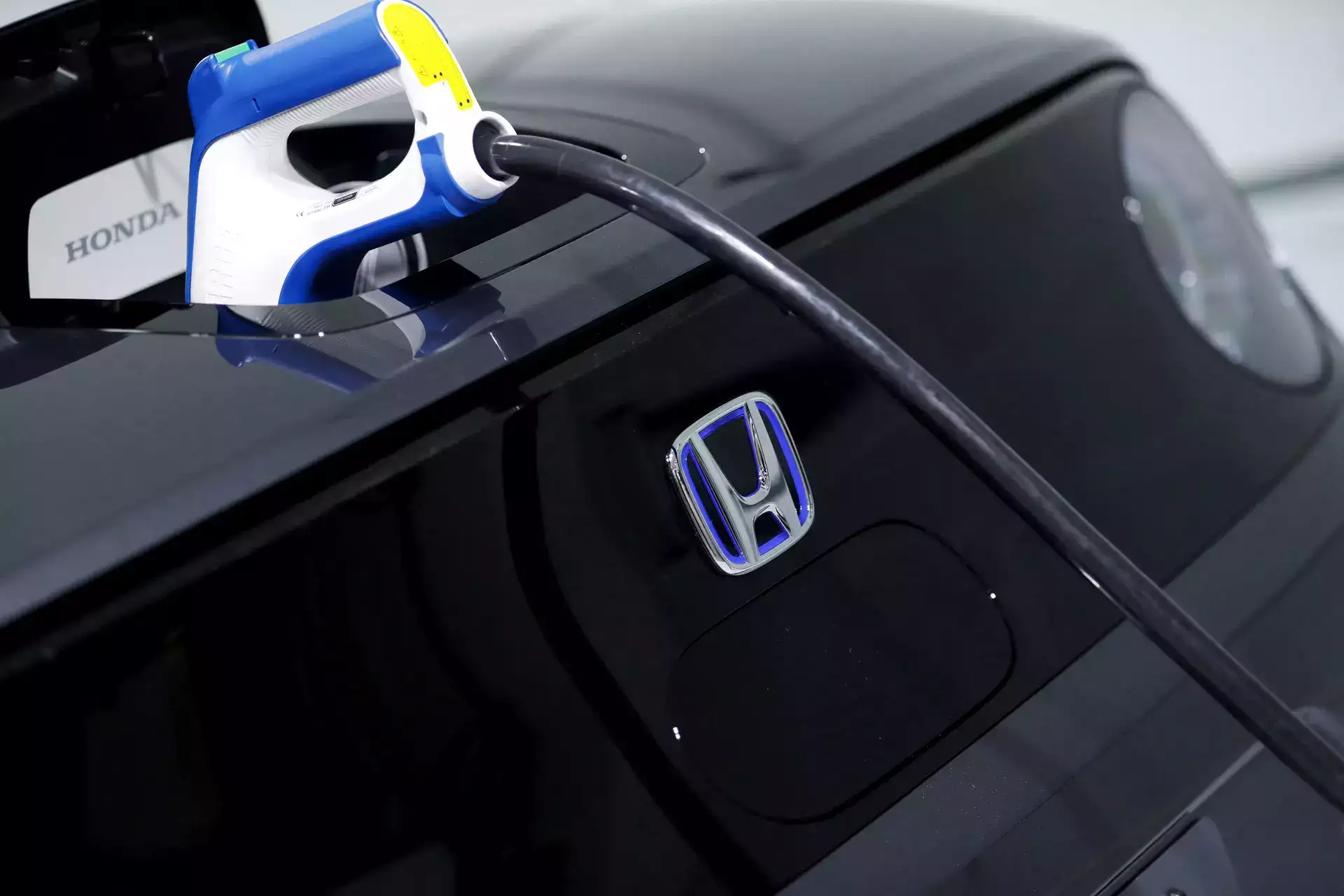
The company is actively working towards a goal that was established three years ago to achieve 100% electric vehicle sales by the year 2040.
In April, a new USUSD 11 billion EV battery and vehicle assembly plant was announced, marking the largest auto investment in Canada's history.
The company also has a partnership in EVs with Sony, and is exploring collaboration with rival Nissan as they face a "once-in-a-century' upheaval in the car industry.
Analysts have stated that the decision is intended to keep pace with Chinese electric vehicle competitors. This is because Beijing-supported automakers like BYD are advancing faster than international rivals.
"Honda is planning to invest approximately 10 trillion yen in resources... through 2030, when the period of full-fledged popularisation of EVs is expected to start," a statement said.
The automaker had allocated five trillion yen to electric vehicle technology in the medium-term.
Honda wants to "establish a competitive business structure with an aim to reduce overall production cost by approximately 35%', it said Thursday.
And "as of 2030, Honda will reduce the cost of the battery to be procured in North America by more than 20% compared to the cost of current batteries'.
By 2030, the company aims to have electric vehicles and fuel-cell EVs make up 40% of global sales.
The world's leading automobile companies are giving more importance to electric and hybrid vehicles. There is a rising demand for cleaner models due to increasing concerns about climate change.
At the same time, there has been a slowdown in the electric vehicle (EV) market. This is due to consumer concerns regarding high prices, reliability, range, and a lack of charging points.
In 2023, China became the world's largest vehicle exporter, surpassing Japan. This achievement was supported by China's leading position in the electric car market.
Honda released its earnings last week. It expects overall vehicle sales to grow in the United States and Japan this financial year. However, it predicts that sales in the rest of Asia will ease.
Honda aims to manufacture approximately two million electric vehicles annually by the year 2030.
Toyota, a larger competitor, has set a target to sell 1.5 million electric vehicles (EVs) every year by 2026 and increase it to 3.5 million by 2030.
Toyota is also hoping to mass-produce solid-state batteries. This could be a hugely important technological breakthrough that may result in faster charging times and greater range.
Disclaimer: The copyright of this article belongs to the original author. Reposting this article is solely for the purpose of information dissemination and does not constitute any investment advice. If there is any infringement, please contact us immediately. We will make corrections or deletions as necessary. Thank you.





